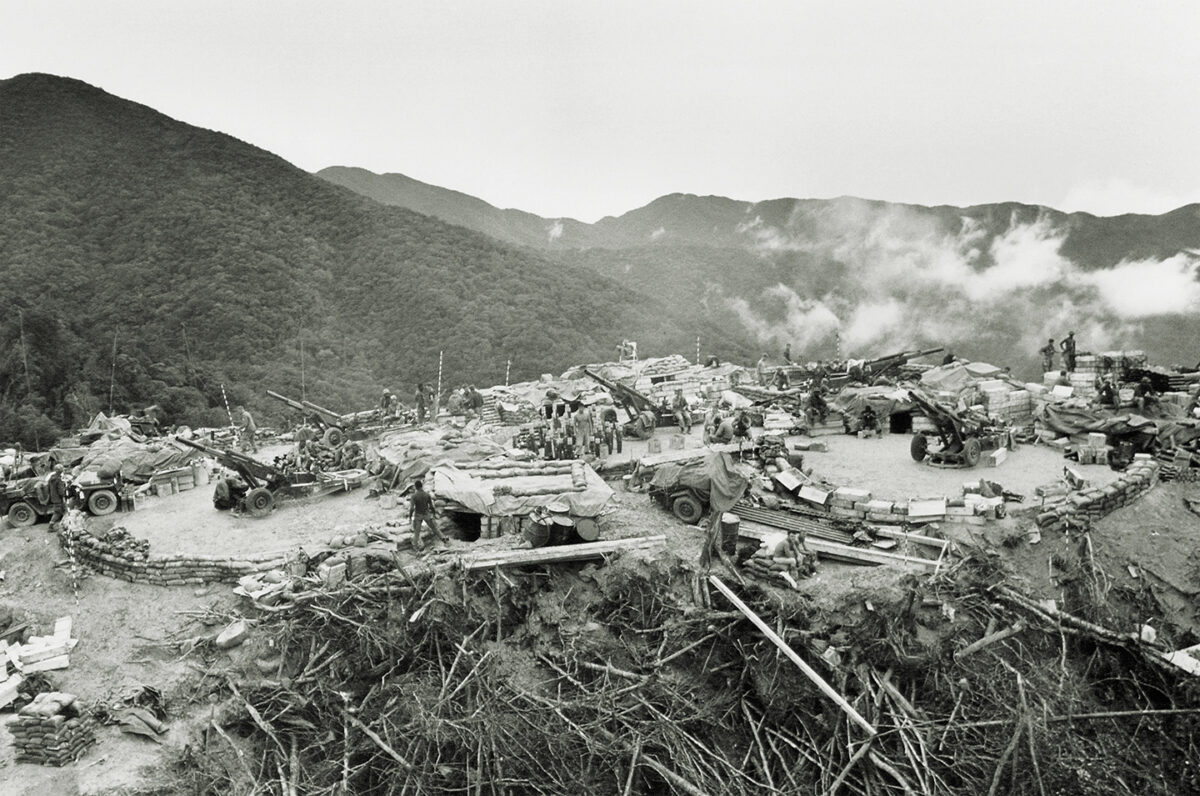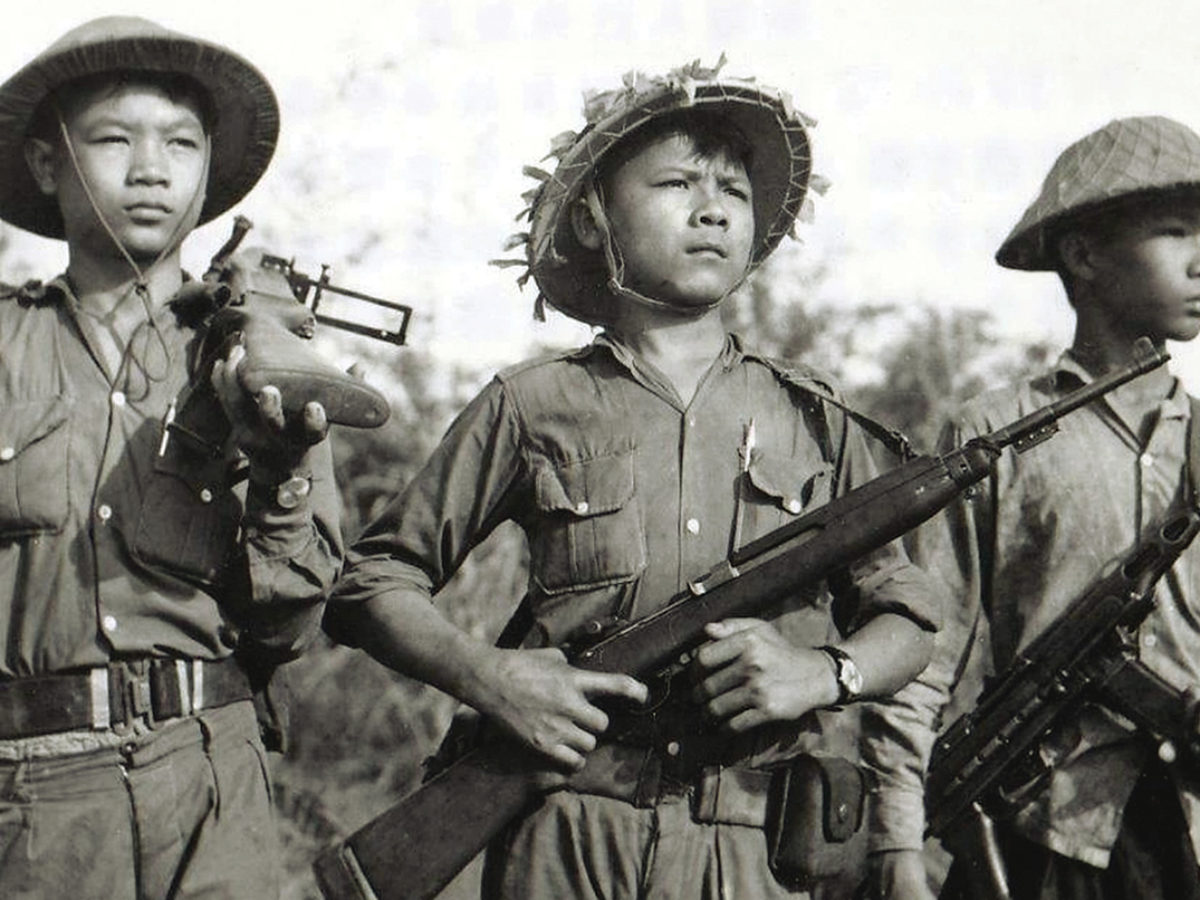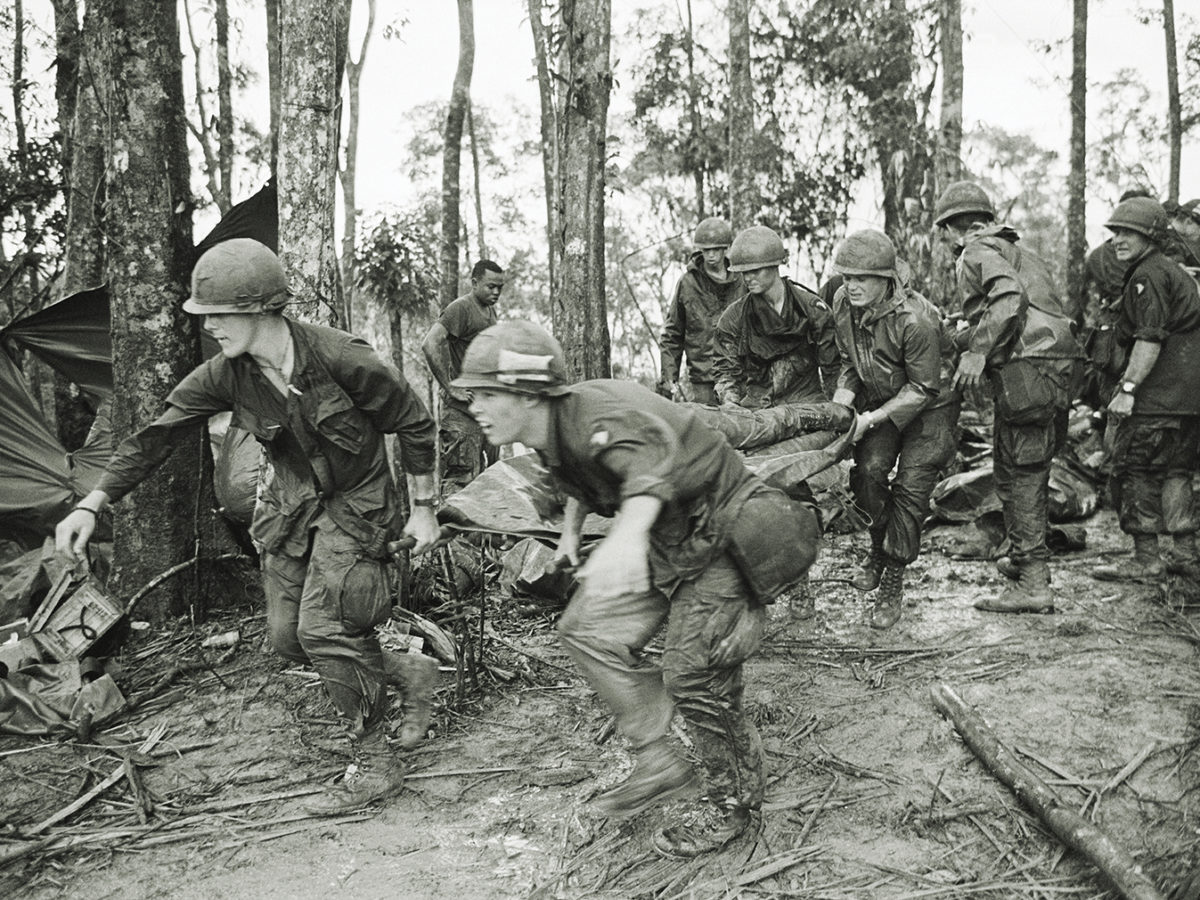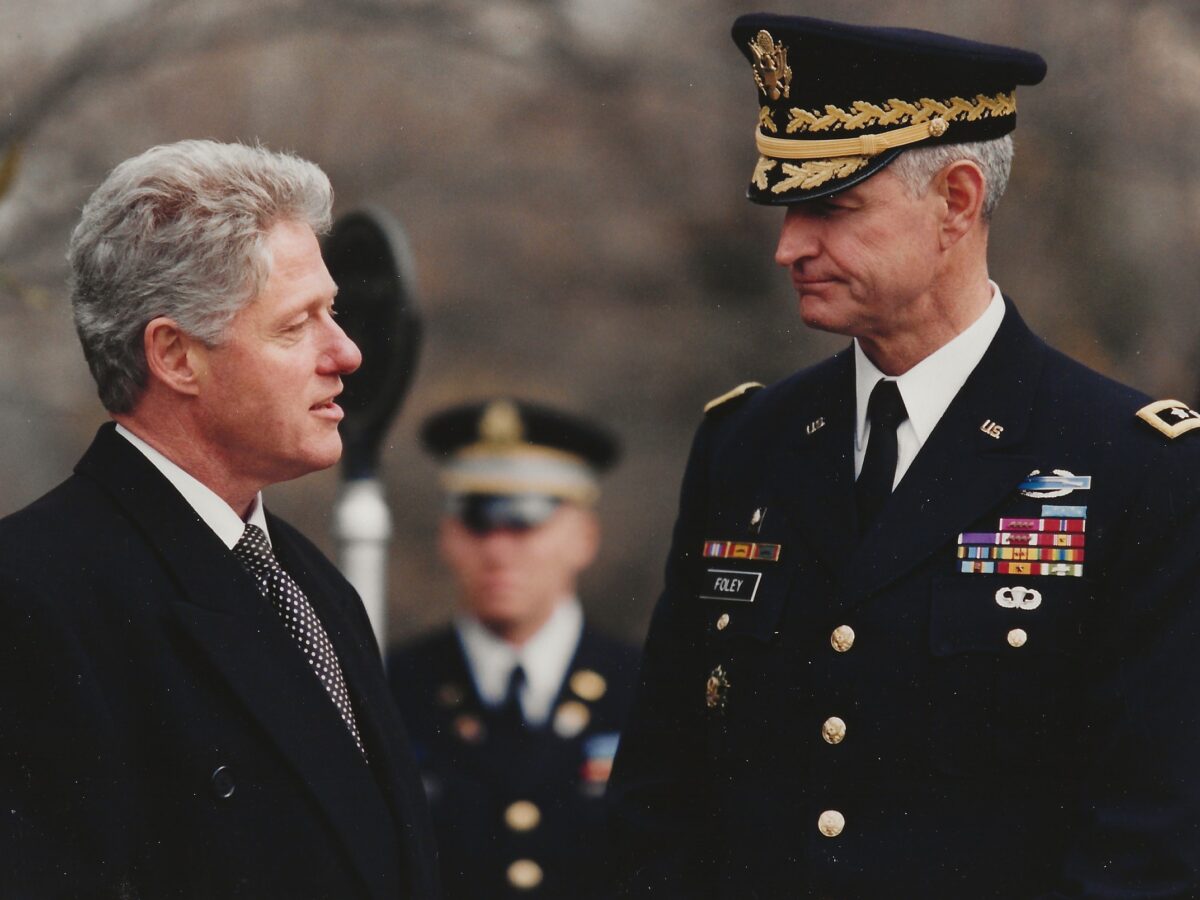
One of the nation’s foremost authorities on firepower and land warfare, Robert H. Scales retired from the Army in 2001 after more than three decades in uniform, much of it influenced by his service in Vietnam. A 1966 graduate of the United States Military Academy, Scales initially served in Germany before joining the 2nd Battalion, 319th Artillery in Vietnam. Scales commanded a howitzer battery in the battalion and earned a Silver Star in 1969. He would later lead artillery units in Korea, command the Field Artillery Center at Fort Sill, and serve as the Commandant of the U.S. Army War College.
Scales holds a doctorate in history from Duke University and has written a number of critically acclaimed books, including Firepower in Limited War, Certain Victory, and Yellow Smoke: The Future of Land Warfare for America’s Military. In an interview with Vietnam contributor Warren Wilkins, he discusses his experiences in Vietnam, the role of firepower in that conflict, and the defining characteristics of American war-making.
On the night of June 14, 1969, you were in command of a 105mm howitzer battery at Firebase Berchtesgaden, located on a hill on the eastern side of the A Shau Valley, when a force of approximately 100 North Vietnamese sappers attacked the base. You received a Silver Star for your actions during the battle. Tell us about that night.
My four guns and two 155mm howitzers were clustered together on this mountaintop. In May 1969, the NVA [North Vietnamese Army] attacked my sister battalion on Firebase Airborne. They destroyed guns, killed 13 soldiers, and completely eviscerated that unit. One month later, they attacked us. They attacked early in the morning, and the hole that I lived in was right on the edge of the perimeter. My battery was the first thing they attacked. The goddamn infantry that protected us had decided that they were going to be in charge of illumination. The key to defeating a night attack is illumination. So the infantry said that they would handle it, but I didn’t believe them. If you look at Berchtesgaden on Google, you will see this one lone gun at the very top of the firebase with the tube sticking up almost vertically. Well, that was my gun. I kept that gun at 1100 mils [milliradians], one-and-a-half second delay on an illumination round, pointed straight up.
Recommended for you
We got involved in this horrendous fight, and I had to get to that gun because the infantry never fired a round of illumination. The first sergeant and I fought like hell to get to that damn gun. Finally we got to it, and I pulled the lanyard. When that illumination round went off, it changed the whole complexion of the battle. All of the sudden, the light went on and the troops started killing those guys. They [the NVA] were literally caught in the open. We fought like hell, beat them back, and killed a whole bunch of them. Our main mission as artillerymen was to shoot artillery, but an equally important mission for young gunners is to be able to defend your position. That was a lesson I learned.
Prior to the sapper attack, your battery had provided artillery support for the 101st Airborne Division during the battle for Hill 937, better known as “Hamburger Hill.” How did the employment of artillery in Vietnam compare to other American wars?
You can almost draw a graph, starting with the 25th Infantry Division at Guadalcanal, that traces the density of supporting fires dedicated to the maneuver mission up through the Pacific battles, the Battle of the Bulge and the push into Germany, and then forward to Korea. That graph or curve goes way up in terms of the ratio of firepower expended versus the maneuver forces employed. Entire ships full of ammunition were expended in 1951-52 to preserve American lives.
By the time we got to Vietnam, this idea of trading firepower for manpower really started to take hold. So when I was there, no infantry unit was allowed to maneuver outside the artillery fan. The infantry in Vietnam would literally maneuver by fire. Artillery was also used as a navigation aid, to recon by fire and clear the way as units moved through the jungle, and to fire defensive concentrations.
Speaking of “Hamburger Hill,” you’ve noted that your battery hammered that hill with thousands of 105mm rounds, air strikes blasted its slopes and summit, and yet the enemy continued to fight. Did this cause you to reconsider the efficacy of firepower on the battlefield?
When I was at Berchtesgaden, I was higher than Hamburger Hill and could look down on it through my scope. By the time our infantry had conducted their fifth or sixth assault, the top of that mountain was completely denuded. I would sit there with my scope, and we’d fire and fire and fire. If our troops got down, behind a log or something, we could shoot within 40 meters [of them] if we were very careful.
I would look through that scope, and as soon as we lifted our fires, I could see those little guys [the NVA] come out from those underground bunkers and take up positions and start shooting back. I remember saying to myself—and this has been kind of a thesis of all the books I’ve written about firepower—that firepower has a limitation. We saw this in the First World War when artillery was shocking to both sides early in the war. By 1917, there were images of the British “Tommy” [soldier] brewing tea in the middle of a barrage.
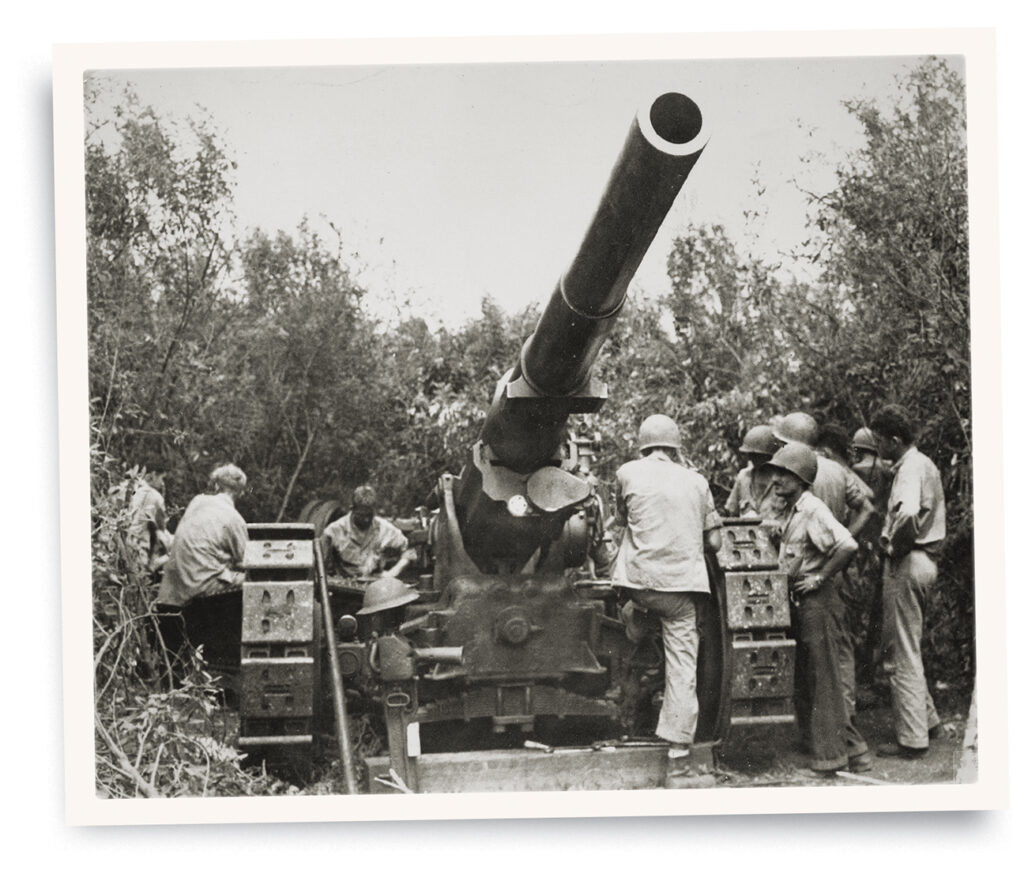
In the age of “imprecision”—before what we now call “precision” munitions—the primary impact of artillery was psychological and not physical. It’s what’s called the palliative effect of artillery. By the time I got to Vietnam [in 1968] the psychological effects of artillery had dropped off considerably, and the enemy was no longer as intimidated by our killing power as he was in 1965. Two things always amazed me about artillery—one is the enormous pyrotechnic effect of artillery going off over the enemy, and the other is the remarkably few enemy it actually kills.
So from my experience at Hamburger Hill, I learned that there is a crossover point in the use of artillery and firepower at which its ability to influence the maneuver battle diminishes considerably. If a soldier is warm and protected—in other words, if he’s down or better yet under cover—it takes an awful lot of rounds to kill him. And no matter how much artillery and firepower you pile onto that—again I’m talking about “dumb” artillery and “dumb” firepower—its ability to influence the battle diminishes with time. That was reinforced in Korea and Vietnam.
The U.S. military—particularly the Army—clearly favored firepower over maneuver in Vietnam. Was this emphasis on firepower unique to that conflict, or was it merely a reflection of what some have called the “American way of war”?
We do emphasize firepower, but the Russians do the same. Although the Russians are far more willing to sacrifice human lives than we are, they have a very similar doctrine…. In Vietnam it was a career ender if your maneuver force was caught outside the reach of your artillery. And that psychology continued all the way into Desert Storm. As late as Desert Storm, one of the cardinal tenets of the American way of war was to never exceed the limits of your artillery.
The American army was caught in a dilemma in Vietnam. We had reached the limit, before the point where we could achieve our maneuver objectives, when artillery was no longer all that helpful. So what do you do? Do you start expending more human lives to achieve your objectives because you are no longer protected by firepower? Or do you fall back under the protective arcs of your artillery and refuse to maneuver beyond that and give the enemy the advantage? And until the “precision” revolution in 1972, that’s sort of where we were.
In retrospect, do you believe that a firepower-first approach in Vietnam was justified, given the operating environment and the existing political climate, or do you agree with critics who argue that the military’s overreliance on heavy supporting fires undermined American pacification efforts and failed to address the true nature of the enemy threat?
I argue in my book [Firepower in Limited War] that in a counter-insurgency campaign, firepower has its limits. But I failed to mention the psychological impact of firepower on the civilian population and the deadening effect it has on the innocent. That is particularly important when you’re fighting a war seeking popular support. So the presence of innocents on the battlefield greatly diminishes your ability to apply overwhelming firepower. The second thing we learned in Vietnam was that, after a while, firepower becomes an inhibitor rather than a facilitator of your ability to maneuver. So the days of using light infantry as a find, fix, and finish force were greatly diminished because of its inability to move outside the arc of artillery.
The Army was on the horns of a dilemma. The center of gravity of the American military in Vietnam was dead Americans, and the NVA knew it. In World War II, Col. [Hiromichi] Yahara, who served with the Japanese army on Okinawa, wrote a series of missives in which he said, essentially, the only way you can beat America is to kill Americans. We lost in Vietnam not because we were not able to defeat the enemy in battle, or that we had too little or too much firepower, but because too many Americans died and we tired of it first, just as Ho Chi Minh predicted the French would do before us. The only way to save lives in the close fight in Vietnam was through the use of protective fires. But firepower became a millstone around our necks in terms of our ability to maneuver. It also had a debilitating effect on our ability to maintain the “hearts and minds” of the people.
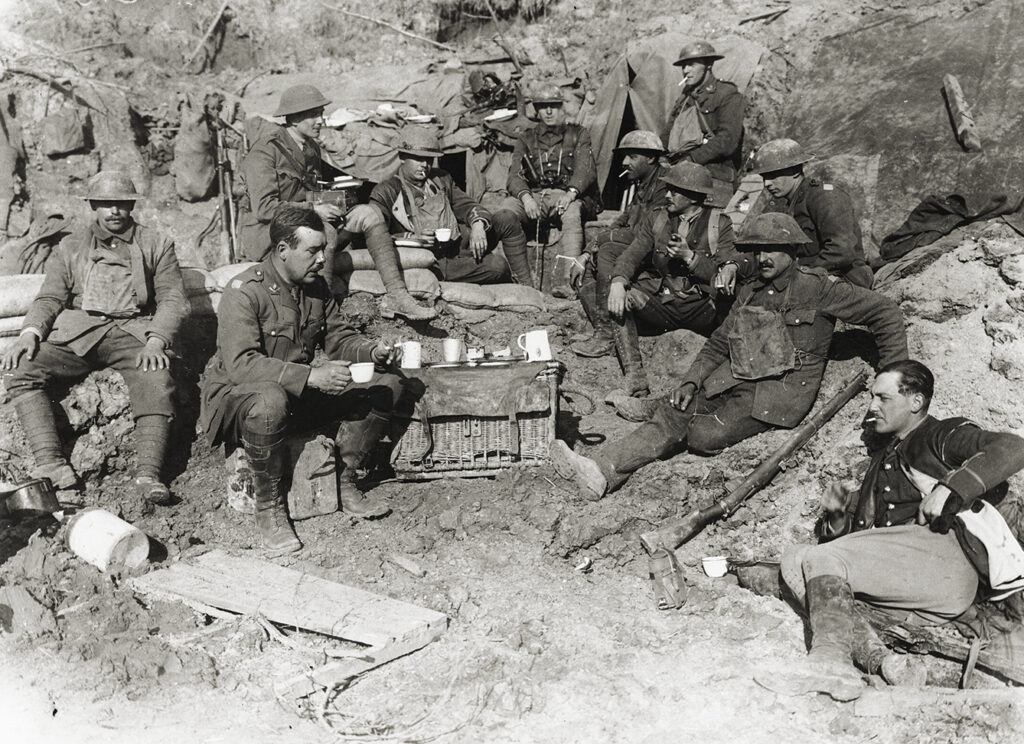
So we reached a plateau in our use of firepower, beyond which we could not go, and for which we had no alternative by 1970. Anytime you put maneuver forces forward in close contact with the enemy, soldiers are going to die. Yet we got to a point by 1970-71 where, anytime an American soldier died, it would end up on the front page of the New York Times. So you have two choices to keep those soldiers safe: lock them in firebases and let the enemy run amok in the countryside and control the population, or put them out there under the protective umbrella of firepower but greatly limit their ability to maneuver. It was that juxtaposition between keeping soldiers safe—our vulnerable center of gravity—or being able to maneuver and control territory, and we were never able to reconcile that.
The traditional role of the infantry has always been to close with and destroy the enemy. American infantry units in Vietnam, however, typically sought to find the enemy so that firepower could destroy him. Did this change in tactics occur organically within individual platoons and companies in the field, or was it mandated by some higher headquarters and then codified by formal regulations?
Actually, it was both. One of the amazing things about the American way of war—and we saw this in World War II, particularly as American soldiers became more literate and as the American army became more egalitarian—is that tactical innovation in the American army, beginning in North Africa, really came from the bottom up, not the top down. That’s different than the Russian army, which is ruled by norms driven by the general staff. The American soldier, when he learns something that will keep him alive, will embrace it and proliferate it very quickly. You build a firepower system around what the soldiers are telling you makes it most effective.
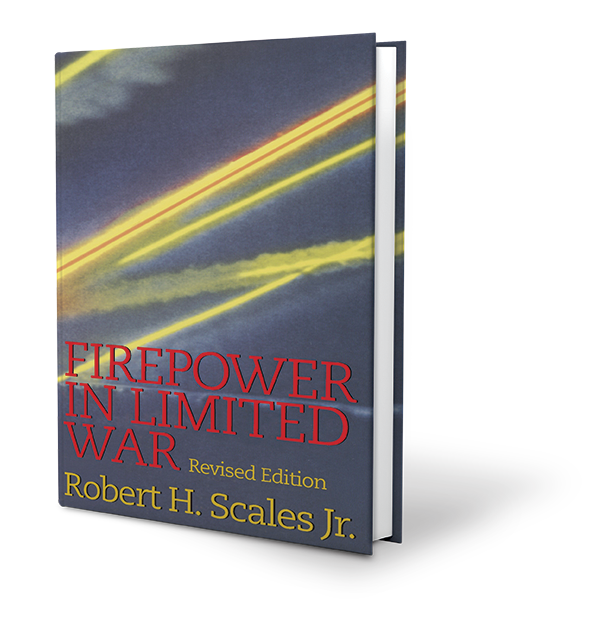
In his book Firepower in Limited War, Scales examines the advantages and limitations of firepower by analyzing its effects in several pivotal recent conflicts. The book was placed on the Marine Corps Commandant’s Reading List.
Part of the reason that we rely so heavily on the artillery was that the revolution at Fort Sill [home of U.S. field artillery] was such that we came up with by far the best artillery firepower system in the world. We just were never really able to embed it into the Army’s system until our experiences in North Africa taught us how to do it and how to provide close support. But we just hit the wall in terms of our ability to do that, because the enemy has a vote.
What did the Japanese do at Okinawa? What did the Chinese and North Koreans do? What did the NVA do? They learned how to effectively counter American firepower dominance by maneuvering outside of the [firepower] range fan, hugging maneuver units so that they couldn’t bring in heavy close supporting fires, using camouflage, and going to ground.
To reduce the destructive effects of American firepower, the Viet Cong and North Vietnamese would frequently “hug” American infantry units in battle. How effective was that tactic?
It was very effective. I saw that firsthand. They were literally willing to die under our artillery fan to stay in their holes, frankly longer than we ever would, in order to continue to kill us. Remember, their purpose was not to hold ground. Their purpose was to kill us.
Gen. Vuong Thua Vu, former deputy chief of the North Vietnamese Army General Staff, characterized the American practice of generating contact with enemy troops and then calling in artillery and air strikes to destroy them as an “outmoded fighting method of a cowardly but aggressive army.” Similarly, some of our Australian and South Korean allies have suggested that the American infantryman, while certainly not “cowardly,” nevertheless relied too much on firepower. How did American soldiers and Marines perform in infantry combat?
For a drafted army and to some extent a [drafted] Marine Corps, they performed remarkably well. Whenever the U.S. Army got involved in what [retired Marine Corps general and former U.S. Secretary of Defense] Jim Mattis and I call “intimate killing,” they did it remarkably well, considering what was at stake. The critics have this wrong, because I suspect if you were South Korean, or Australian, or whomever and had that firepower available to you, you would fight precisely the same way. The problem is that you want to avoid intimate killing, and in that sense the American army had it right. But the limits of technology precluded the American army from avoiding intimate contact without the cost of logistics being so great that it was no longer effective.
So I have no problem whatsoever with the tactics that the American close combat forces used in Vietnam. My critique has always been with the firepower system that supported them. I have no problem whatsoever with finding, fixing, and finishing—the three words we used to describe Vietnam combat. I do have a problem with the technology that we used in our firepower system to do the finishing part. It was always inefficient, logistically burdensome, and reached a point of diminishing returns. What the “precision” revolution has allowed us to do is reverse that.
This story appeared in the 2023 Autumn issue of Vietnam magazine.

